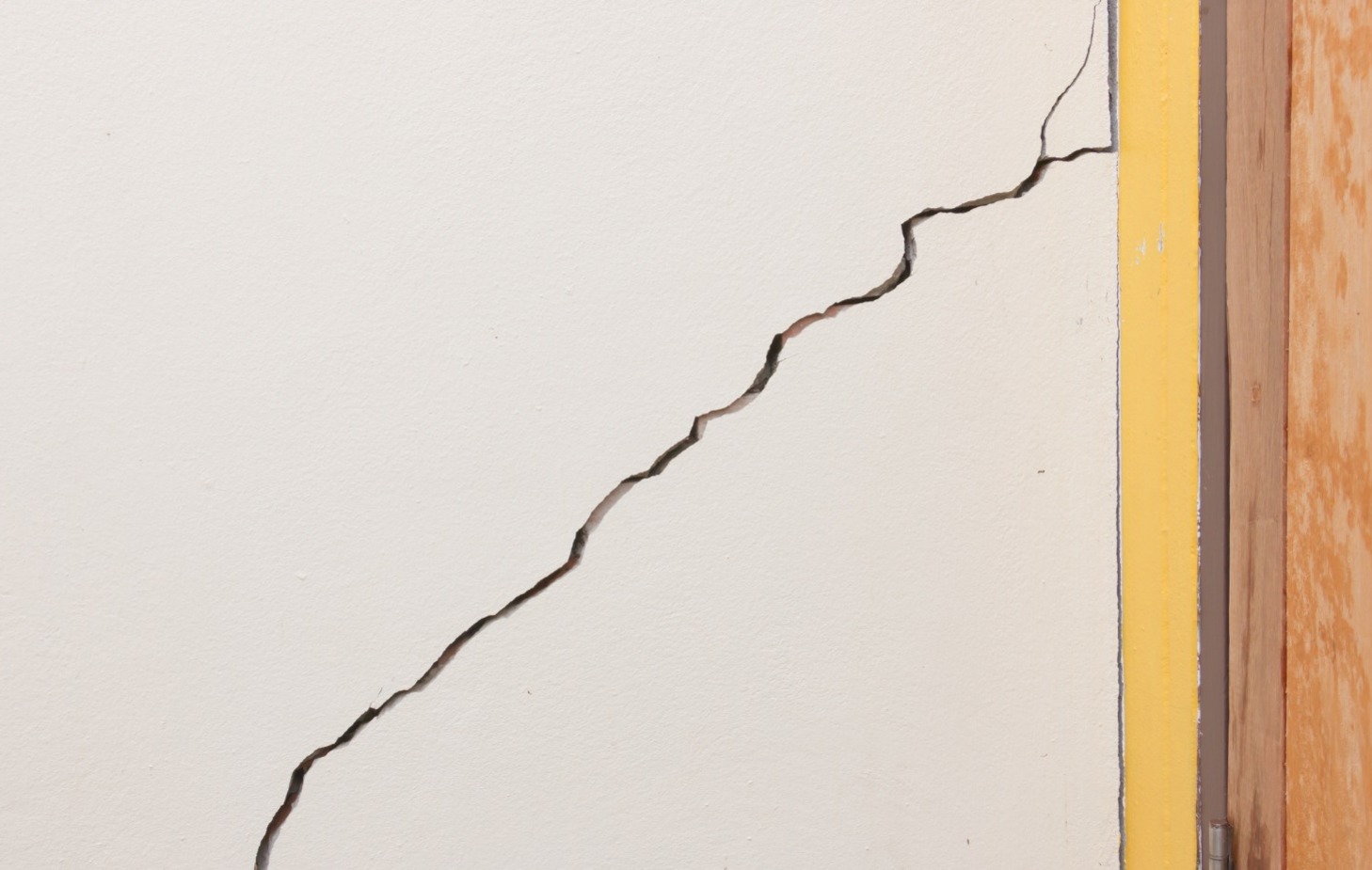Subsidence
Posted on 6th August 2023 at 16:05
This is a phrase that no homeowner wishes to encounter — the dreadful notion that either a substantial expense awaits or the house might sink into the earth. While subsidence is an imperative structural concern demanding swift attention, we offer several tips to assist you in dispelling that sinking sensation.
What Exactly is Subsidence
It takes place when the earth beneath a structure sinks. In the UK, prominent triggers encompass clay contraction and soil attrition; however, factors such as extensive tree roots, water or gas extraction, mining, and fracking can also influence it. Moreover, the impact of climate change-induced heatwaves cannot be disregarded, as arid soil leads to clay shrinkage.
Spotting the Signs of Subsidence
Large diagonal cracks at the edges of windows and doors. These are usually wider at the top than the bottom and around the depth of a 10 pence coin.
Doors and windows become difficult to open, especially in the winter.
Tearing wallpaper with no signs of damp.
Sinking foundations or sloping floors.
Sinking or dips in the pathway and/or driveway.
NOT Typically Signs of Subsidence
Bulging floorboards. They will instead sink.
Damp patches appearing.
Signs of mould.
Musty odor.
While these are not signs of subsidence, new or unusual activity in a property can be a sign of a number of other issues. You would be wise to seek advice from a Chartered Building Surveyor.
How Can I Prevent Subsidence
The presence of large trees and shrubs near the premises can deplete water content, leading to parched soil beneath the property. It’s crucial to ensure proper hydration in the area. Trees stand out as a prevailing source of subsidence, given their roots tend to extract moisture from the soil that upholds the foundation. While removing the trees might not be a desirable solution, pruning and maintenance is advisable.
Regularly Inspect Your Property for Cracks
Conducting routine examinations of your property and staying watchful is the most effective approach to prevent minor concerns from escalating into significant crises. Therefore, if you notice a wall crack or encounter difficulty with jammed doors, don't overlook it. While subsidence might not be the sole reason for cracks, it's advisable to tackle the matter promptly nonetheless.
Other Measures
Utilise porous materials such as gravel and grass instead of concrete and tarmac.
Manage drainage and water to avoid accumulation near foundations.
Carefully select plant types and suitable distances to prevent root-related subsidence.
Avoid overloading structures and monitor them for cracks or settling regularly.
Seal abandoned wells and control groundwater levels to prevent soil saturation.
If issues arise, discuss with your neighbours.
Share this post:




